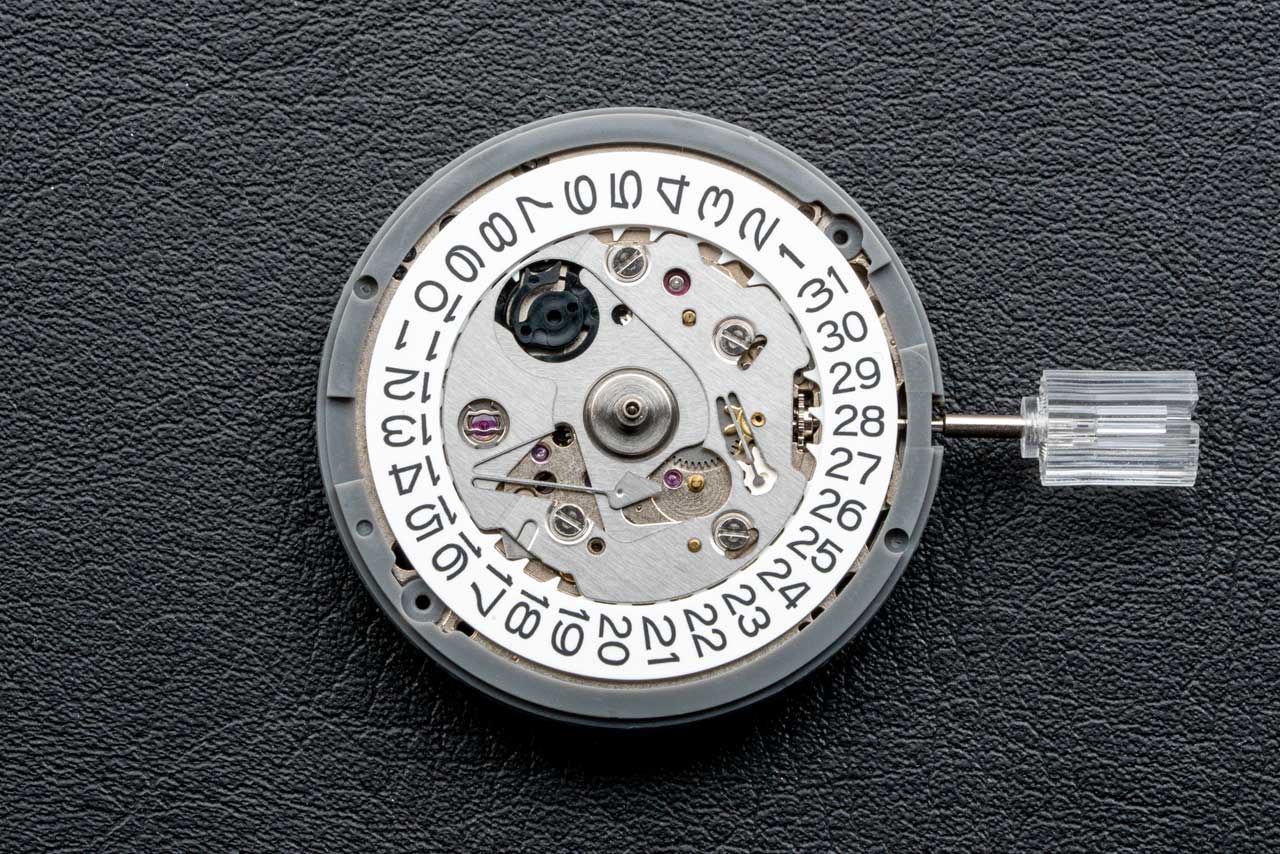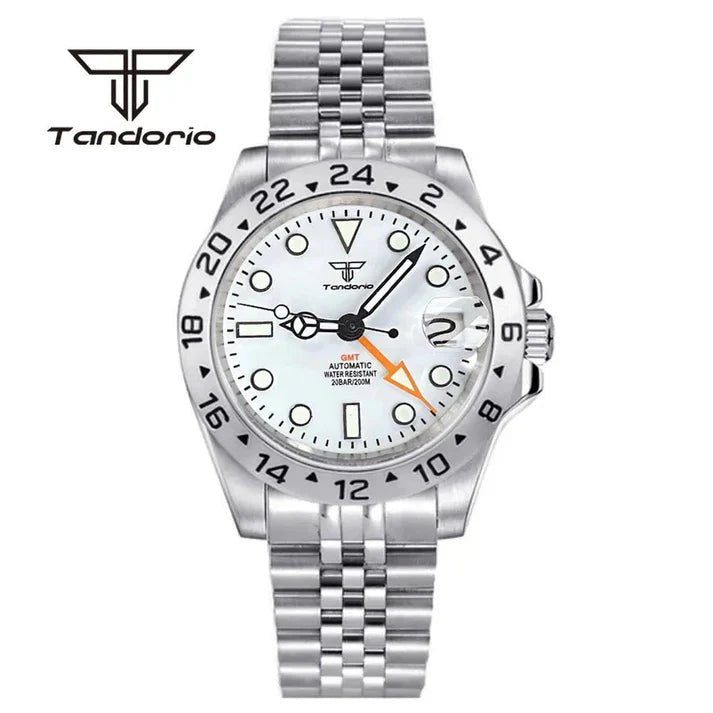When diving into the world of watchmaking, comparing movements is an essential step for enthusiasts and collectors. Two commonly discussed movements are the Swiss-made Sellita SW200 and the Japanese Seiko NH35. These mechanical powerhouses, though serving similar purposes, represent vastly different philosophies in design, manufacturing, and pricing. Here's why Swiss movements, like the SW200, are generally more expensive than their Japanese counterparts.
Swiss Craftsmanship vs. Japanese Efficiency
The Sellita SW200 is a direct descendant of the ETA 2824, a legendary Swiss movement known for its reliability and precision. In contrast, the Seiko NH35 is an affordable and robust workhorse widely used in entry-level automatic watches. Comparing them highlights their unique approaches: Swiss precision and refinement versus Japanese durability and accessibility.

Key Differences in Design and Build
-
Size and Weight
- The SW200 boasts a more compact design (25.6mm diameter, 4.60mm thickness) compared to the NH35 (27.4mm diameter, 5.3mm thickness).
- Its lightweight build (11.4g vs. 13.1g) reduces wrist fatigue and allows for slimmer watch cases.
-
Materials Used
- The NH35 incorporates some plastic components for cost-efficiency, like in the date-change mechanism.
- The SW200 opts for all-metal parts, ensuring greater durability and longevity.
-
Finishing
- Swiss movements are known for their superior finishing. The SW200 features refined lines and grains that are not just aesthetic but can also trap dust particles, enhancing long-term performance.
- The NH35, while functional, lacks this level of detail in its finishing.


Performance Characteristics
-
Smoothness of Operation
- The SW200 features tighter tolerances in its gears, resulting in smoother and more refined winding and operation.
- The NH35, while dependable, has a slightly coarse feel due to looser tolerances.
-
Date Transition
- The SW200 executes a precise, snappy date transition close to midnight.
- The NH35's transition begins earlier, leaving a window of ambiguity in the displayed date.
-
Serviceability
- The SW200's backplate is divided into sections based on function, making servicing simpler.
- The NH35 uses a single-piece backplate for streamlined manufacturing, though it can complicate repairs.
Why Swiss Movements Are Pricier
The SW200 embodies the Swiss dedication to quality and craftsmanship. Its attention to detail, higher-grade materials, and smoother functionality justify its premium pricing. While the NH35 prioritizes cost-effectiveness and ease of manufacturing, Swiss movements like the SW200 cater to connoisseurs who value tradition, refinement, and the intangible allure of Swiss engineering.
Final Thoughts
Both movements are exceptional in their respective categories. The NH35 is a reliable, affordable choice for robust everyday watches, while the SW200 appeals to those seeking superior craftsmanship and a touch of luxury. Ultimately, the value of a movement lies not just in its technical capabilities but in how it aligns with the wearer’s priorities.
Whether you’re assembling your own timepiece or investing in a high-end watch, understanding these differences will help you appreciate the art and engineering behind mechanical movements.










